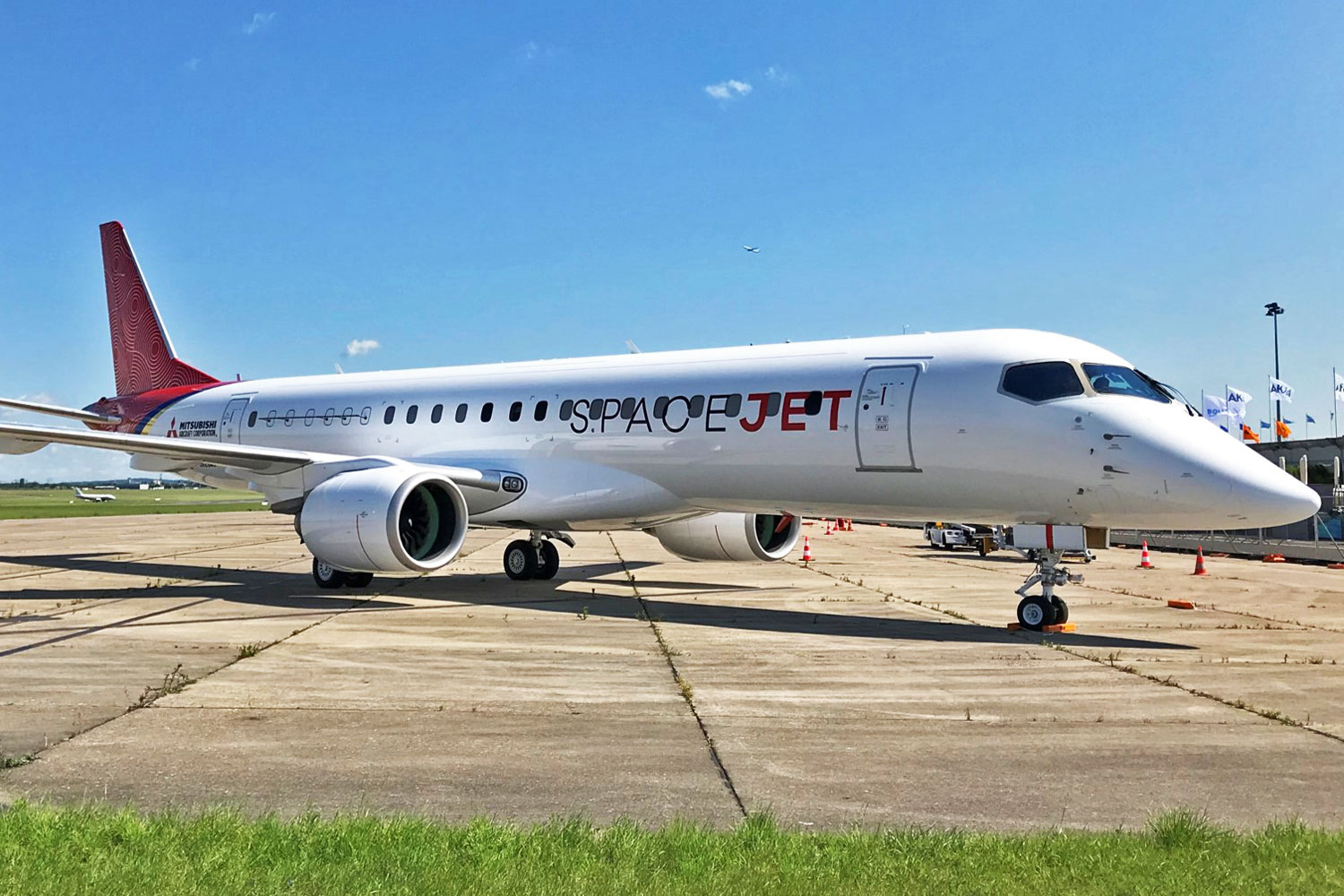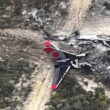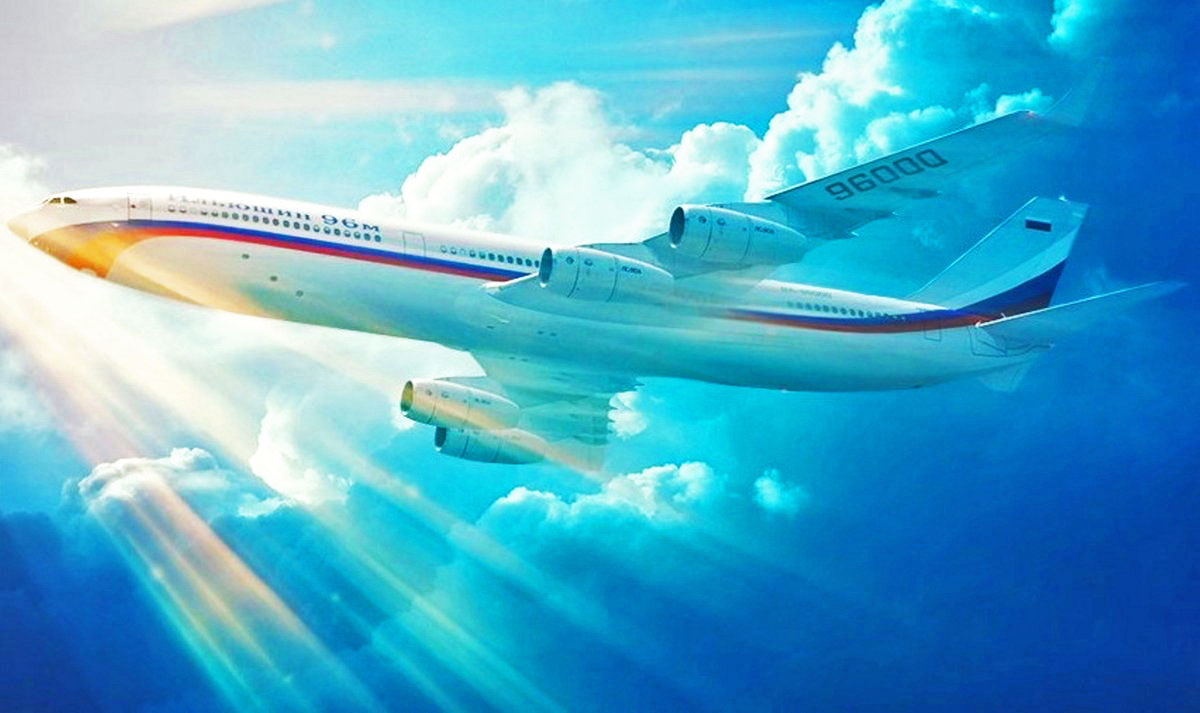A day after denying the closure of the Spacejet program, the Mitsubishi Heavy Industries (MHI) group formally ended development of the M90 and M100 regional jets.
The announcement of the closure of development activities was anticipated by the Japanese media, but MHI preferred to deny having already taken the decision, claiming that several possibilities were still being considered.
Formerly known as Mitsubishi Regional Jet (MRJ), the SpaceJet project was frozen indefinitely by Mitsubishi in 2020. In the meantime, the manufacturer also closed the aircraft test base in Moses Lake, USA, and dismantled one of the test aircraft.
Follow ADN: Facebook | Twitter
Launched in 2008, the program intended to put the first regional jet into service from 2013, with the Japanese airline All Nippon Airways as a launch customer.
Difficulties in developing the aircraft, however, postponed the inaugural flight only to November 11, 2015. The aircraft delivery date was also postponed several times until the project was suspended.
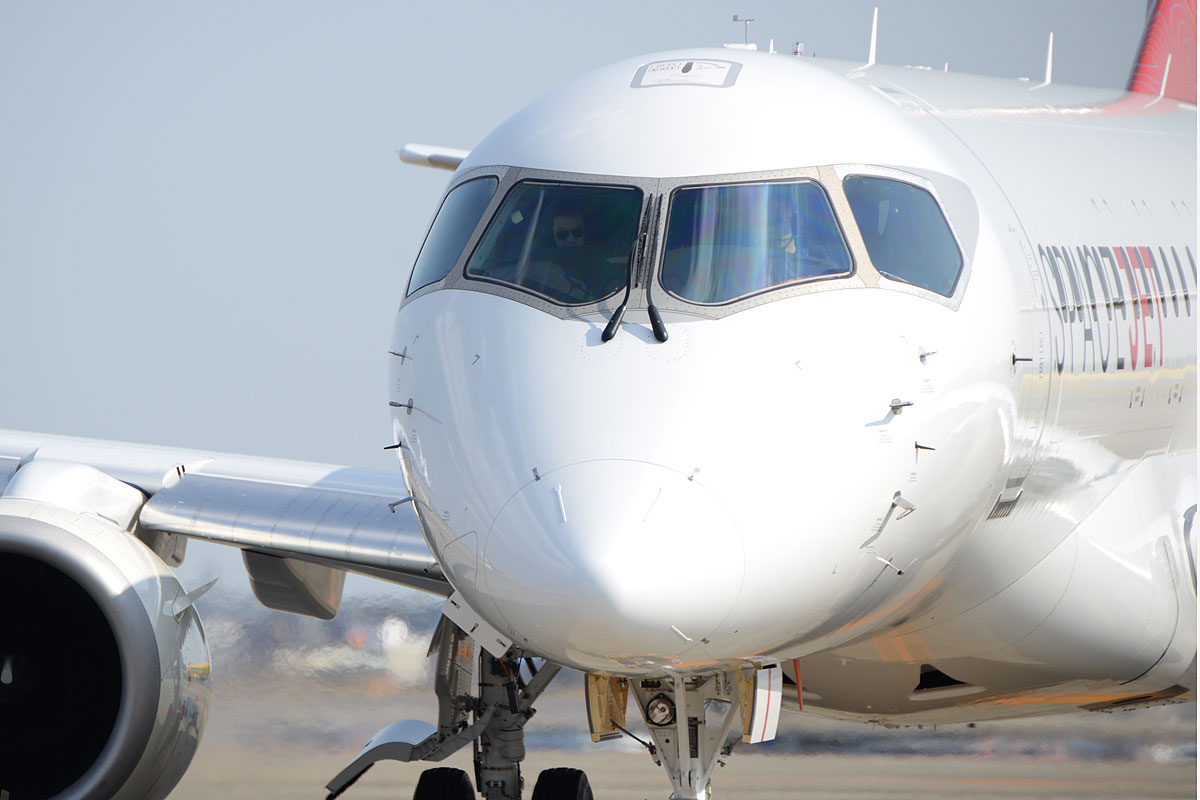
The family of regional jets offered capacities between 70 and 90 seats, which placed it as a direct competitor to Embraer’s E-Jets.
In a statement on the 2022 financial results, the MHI cited four reasons to justify discontinuing the project:
1. Technology Partial revisions needed due to prolonged development. Decarbonization solutions also required.
2. Product Difficult to obtain understanding and necessary cooperation from global partners
3. Customer Little progress on scope clause (conditions related to aircraft number and size included in airline-labor union agreements) relaxation resulted in M90’s not meeting North American RJ market needs.
Recent pilot shortages also adding to uncertainty of SJ business viability.
4. Funding Further extensive funding required to continue Type Certification acquisition process.
Business not feasible in the market environment described above.

Understanding of certification processes
Mitsubishi also pointed out as a “lesson learned” the insufficient initial understanding of the complexity of the type certification process. The manufacturer tried to accelerate development by taking its prototypes to Moses Lake, in the USA, in order to approach the FAA (Federal Aviation Administration).
Despite the demise of SpaceJet, the MHI emphasized that the regional jet program has contributed to Japan’s aviation sector, “which aspires to return OEM aircraft manufacture to the country”.
Even before the regional jet, the last time a Japanese commercial aircraft was developed was in the 1960s with the NAMC YS-11 turboprop.
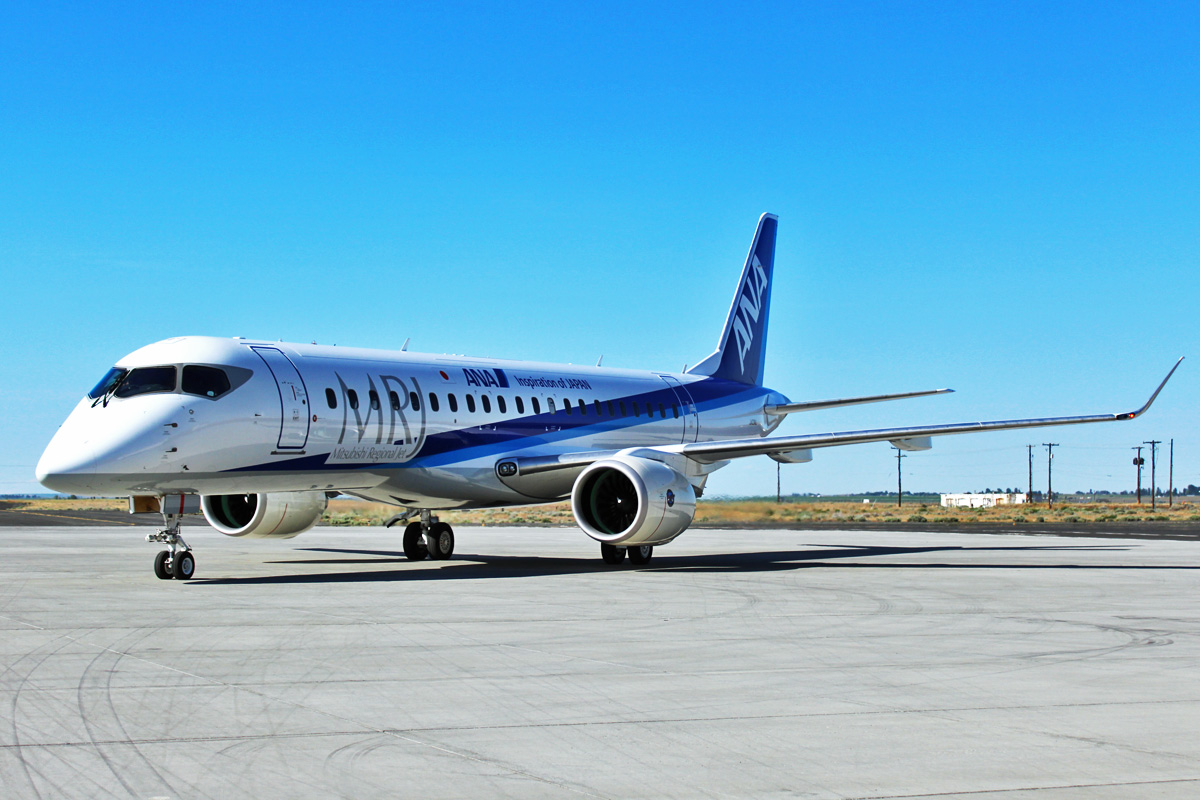
The company also added that the knowledge acquired over the years with SpaceJet will now be applied to the sixth-generation F-X fighter program, developed in partnership with Italy and the United Kingdom.
Embraer without competitors
Like Embraer, Mitsubishi also relied on the relaxation of the scope clause established between major US carriers and pilot unions.
The company intended to offer the M90 (MRJ90), which could carry 92 passengers, but it soon became clear that the rules would not be changed.
MHI decided to relaunch the program as SpaceJet, replacing the MRJ70 with the M100, which offered up to 76 seats and could take off with a maximum takeoff weight of 39,000 kg, the limits established by the clause.
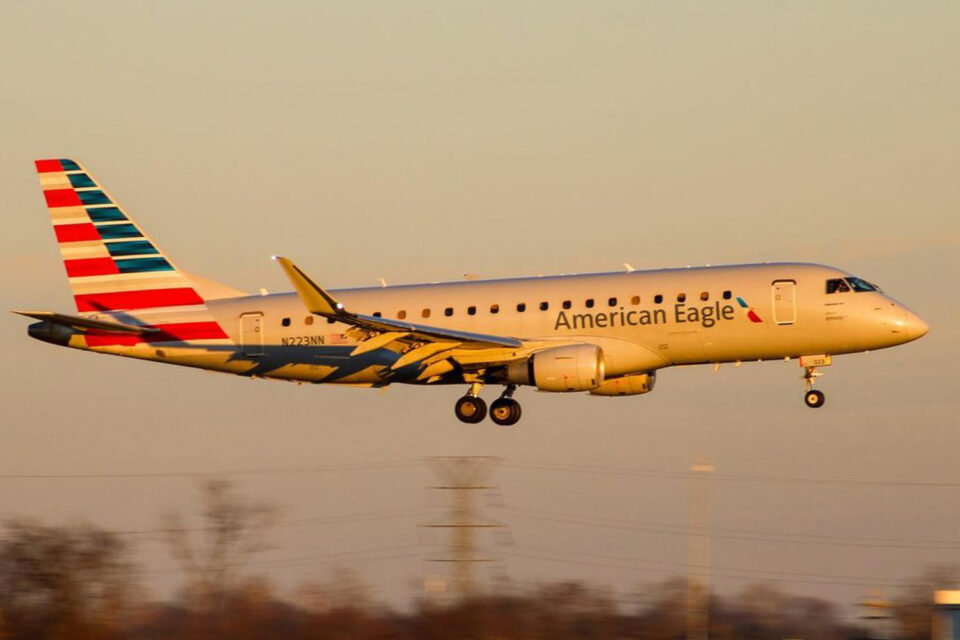
Unable to certify the M90, Mitsubishi failed to make the M100 a reality, losing important orders in the meantime.
Without the competitor, Embraer remains the only manufacturer of regional jets to meet the scope clause, thanks to the first generation E175.
MHI confirmed that it will maintain activities related to the support of the CRJ regional jets, acquired from Bombardier, but does not intend to relaunch any of them in the market.

